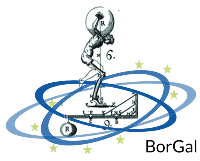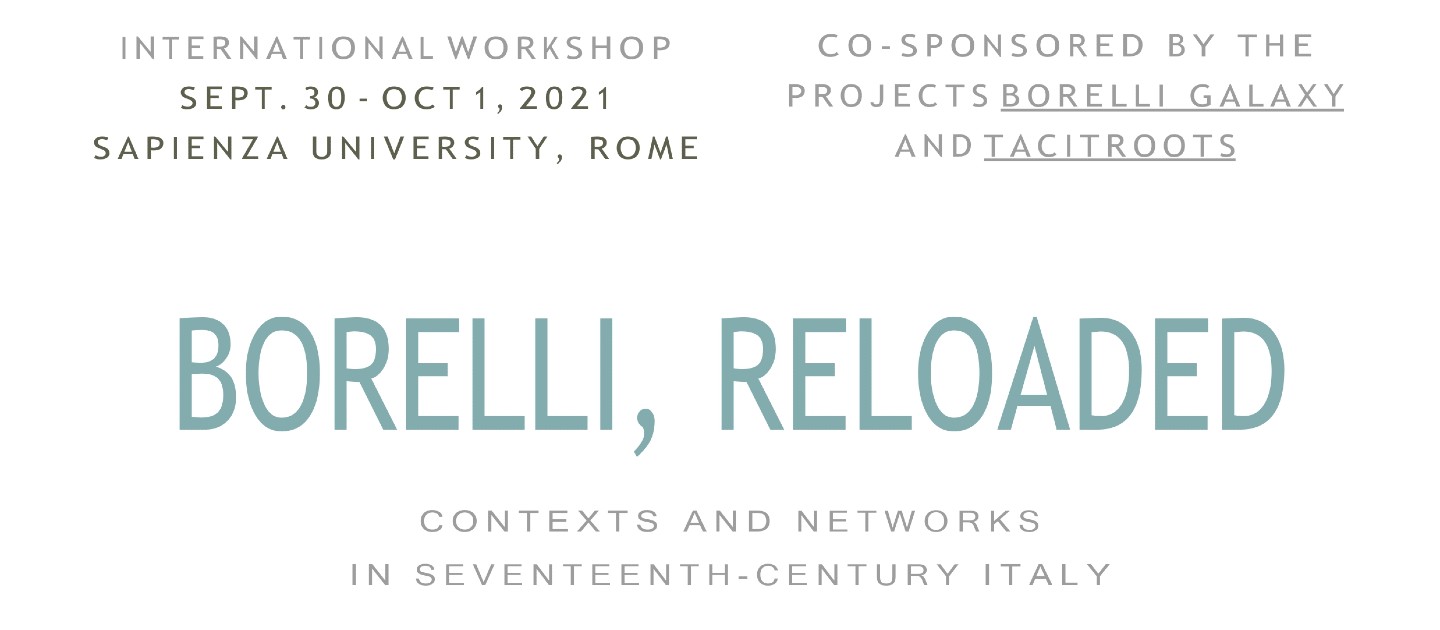The letters that make up Borelli’s epistolary are both the source and the object of the BorGal project. Upon his death, which occurred in Rome on December 31, 1679, he bequeathed his private papers, books and manuscripts to the Piarist fathers of the Professed House of S. Pantaleo, not far from Piazza Navona, where he had spent the last years of his life. Resulting from events still to be investigated, almost all those objects were dispersed and ended up being lost over the years. The few surviving Borelli papers in the S. Pantaleo archive were singled out and published by the Piarist father Giovanni Giovannozzi, director of the Ximenian Observatory at the times, in the early years of the 20th century. As a result, the only still extant letters are the epistles that Borelli addressed to his correspondents, which are kept in their archives. Some of them have been published within the collection of epistles of his correspondents, others are found still in manuscript format in repositories geographically very distant from one another and often very distant from us. BorGal aims at drawing up a union catalogue of this scattered collection by merging metadata dealing with: letters already published through different media, letters filed in archives and libraries catalogues and still unpublished, ‘ghost’ letters, known only through hints in extant epistles, letters still to be discovered in targeted missions.
Borelli’s surviving letters consist of main two blocks: the ones he sent to his pupil and friend Marcello Malpighi, edited among Malpighi’s correspondence by Howard B. Adelman in 1975, and the epistles included in the manuscripts of the Collezione Galileiana at the National Library in Florence. The latter have been partly published by Paolo Galluzzi and Maurizio Torrini in 1975 and 1984. In 1996 and again in 2001, a good part of the 347 manuscript files of the Galilean Collection have been catalogued and digitized by the National Library in collaboration with the Museo Galileo in Florence (http://www.bncf.firenze.sbn.it/oldWeb/progetti/Galileo/index.html). Both these institutions generously agreed to share their metadata with BorGal. Some other letters – especially the epistles exchanged between Borelli and his English correspondents – are briefly described in EMLO – Early Modern Letters Online (http://emlo.bodleian.ox.ac.uk/forms/advanced?people=borelli). Images of some of Borelli’s letters are freely accessible on the web as part of Library collections (see, for instance, his letters to Dionigi Guerrini in the Lawrence J. Schoenberg Collection at UPenn Library: https://openn.library.upenn.edu/Data/0001/html/ljs200.html), others survive only as part of rare publications digitized in Google books. BorGal takes advantage of the digital technology in order to create a union catalogue from all these scattered materials and to embed them into a relational database designed to visualize Borelli’s ‘deep network’ as precisely as possible.


